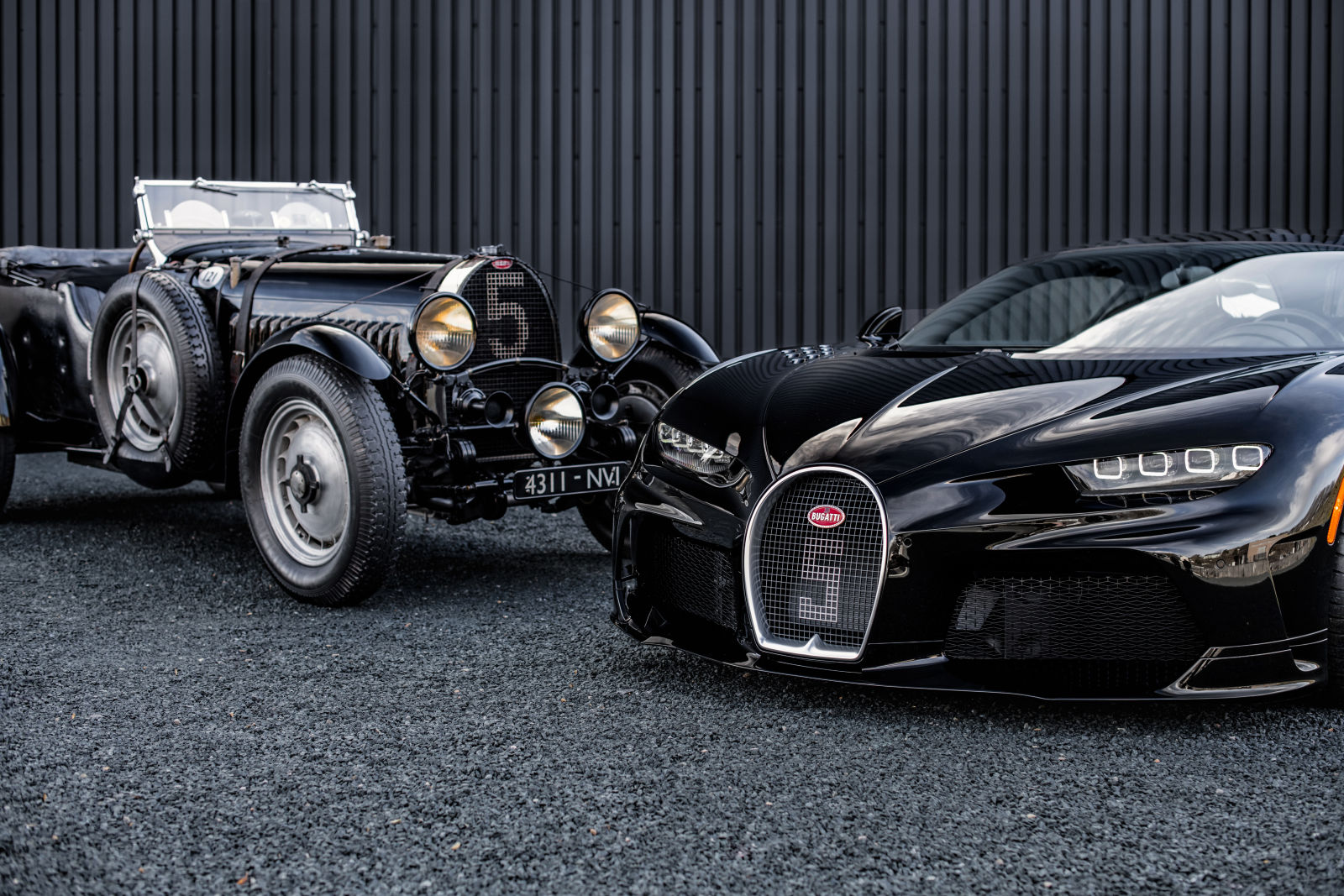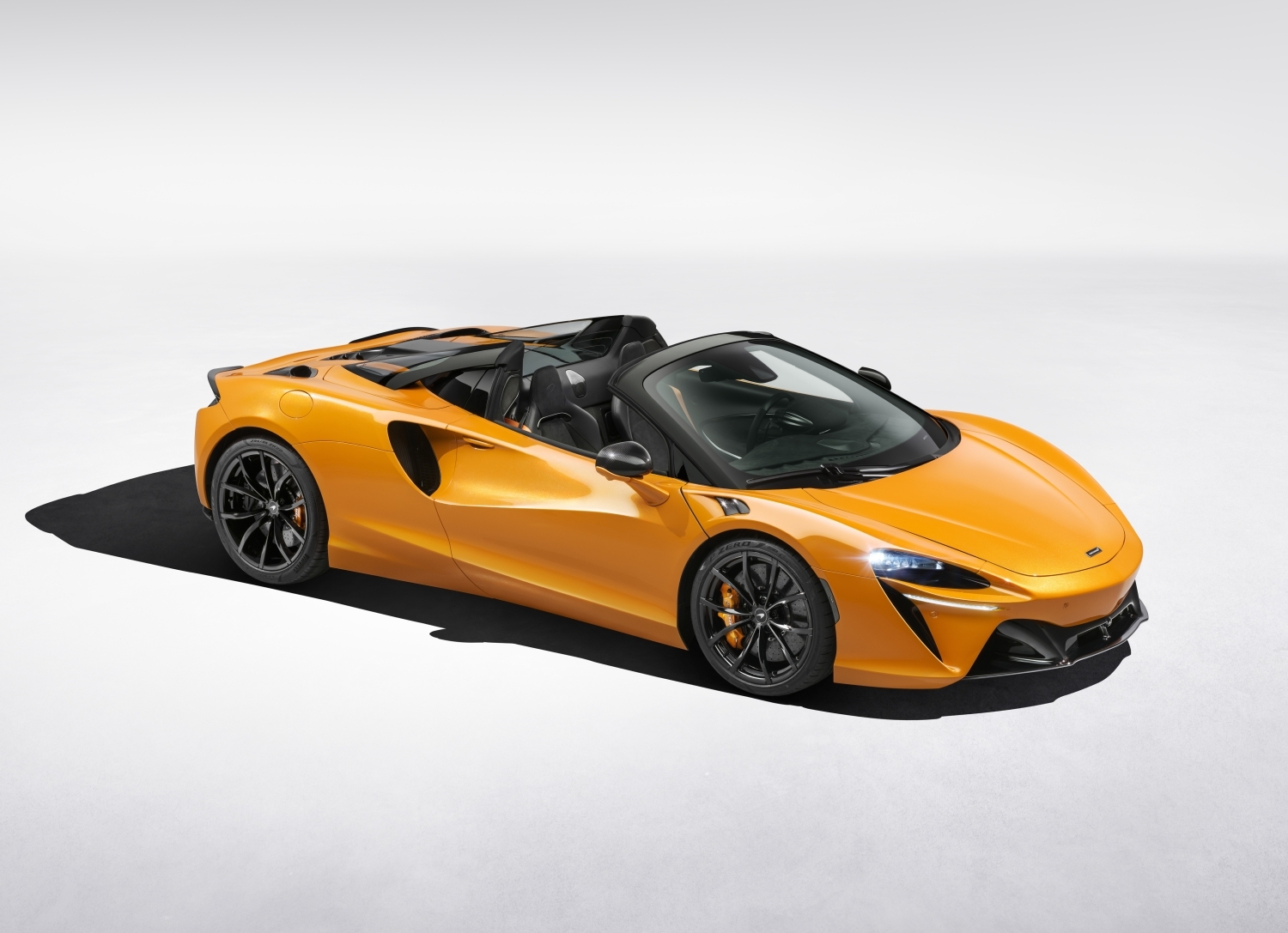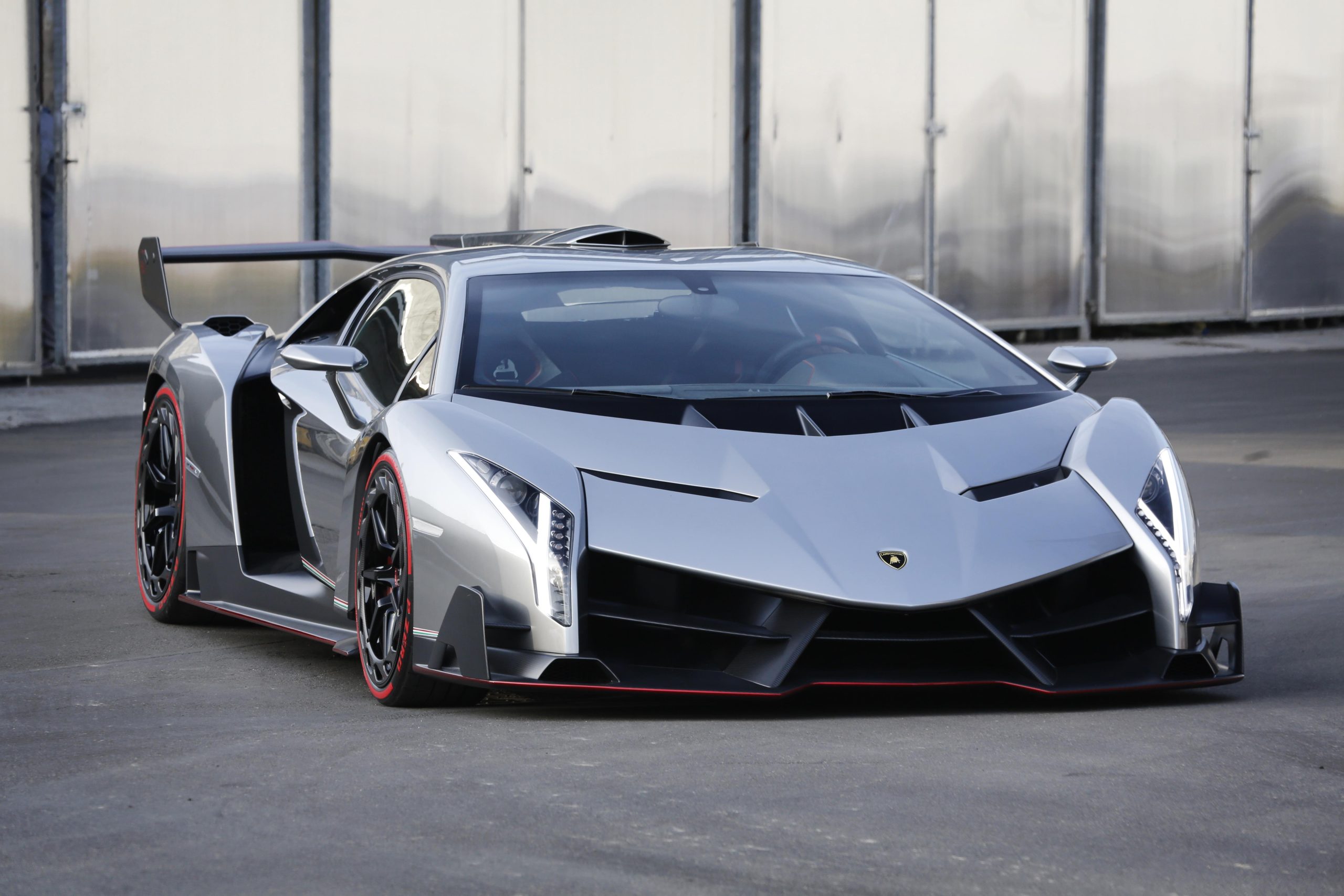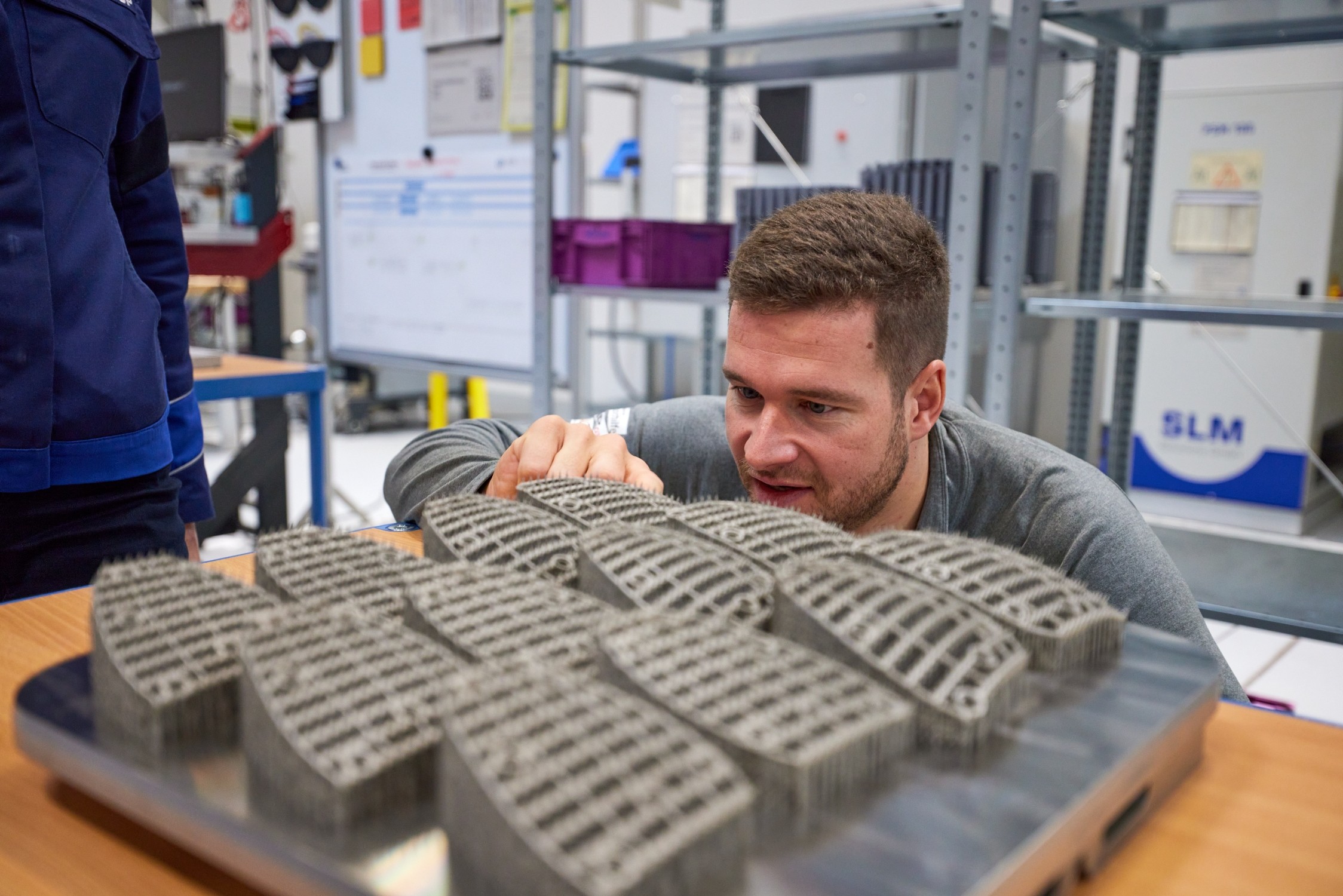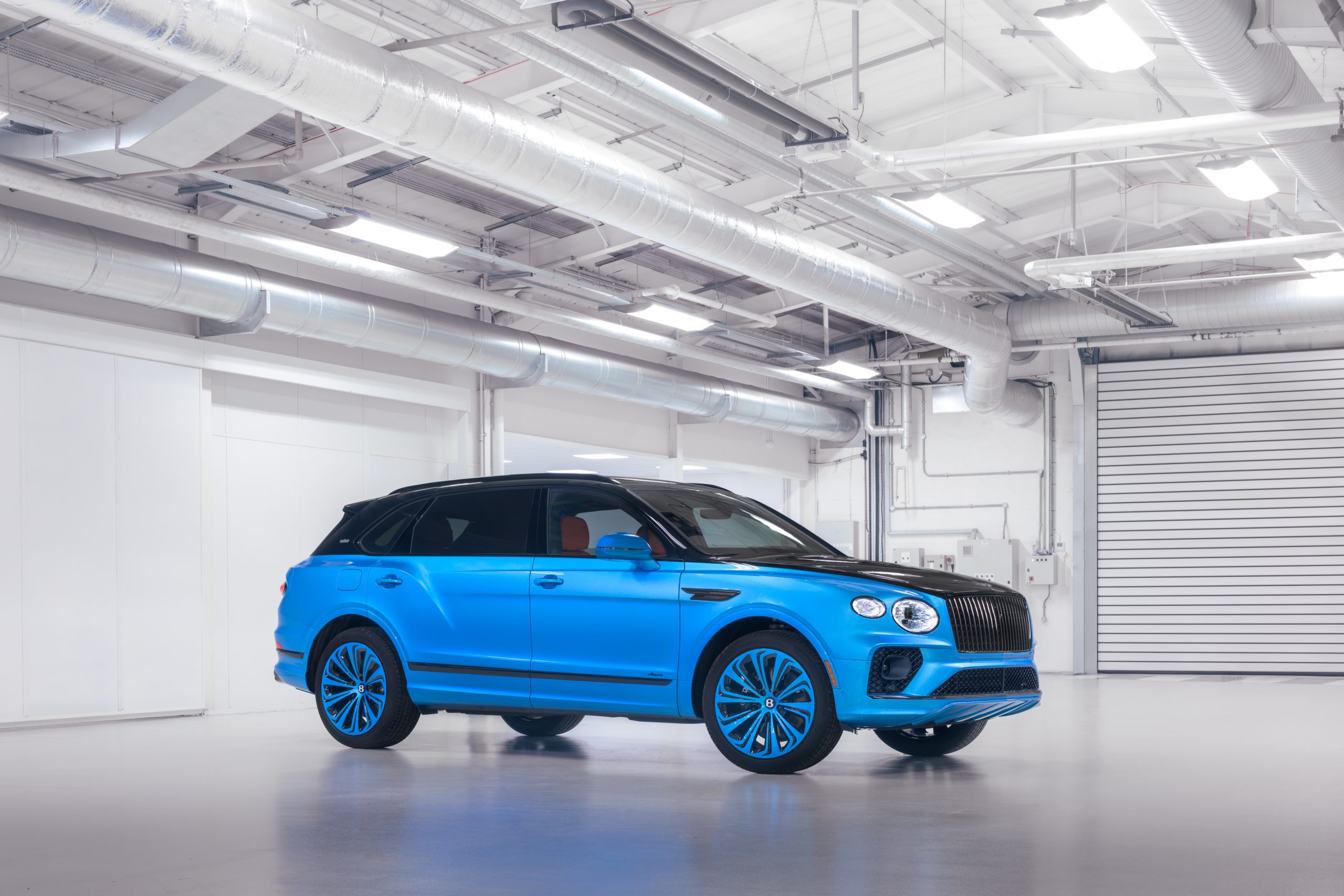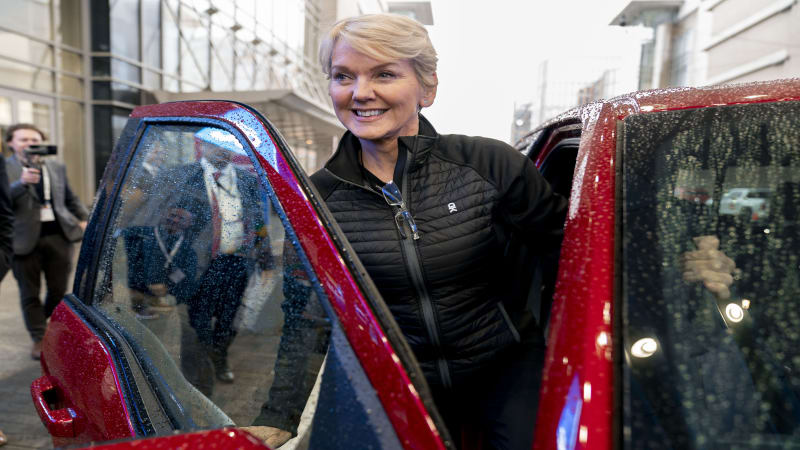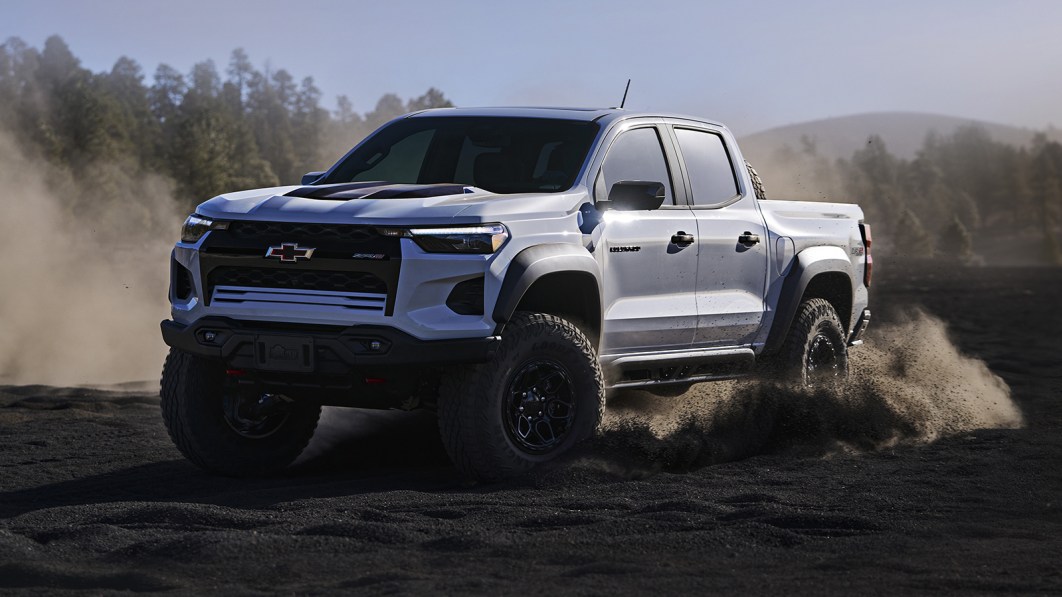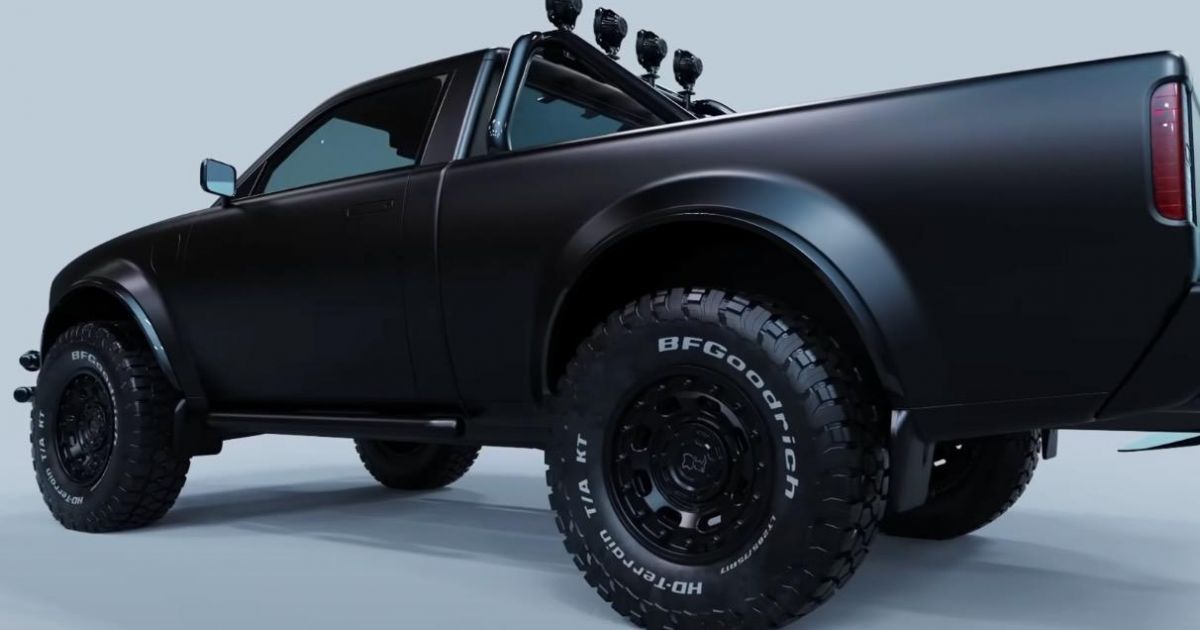Heidersberger’s photography “Kraftwerk der Volkswagen AG” turns 50: Symbolising an entire industrial region
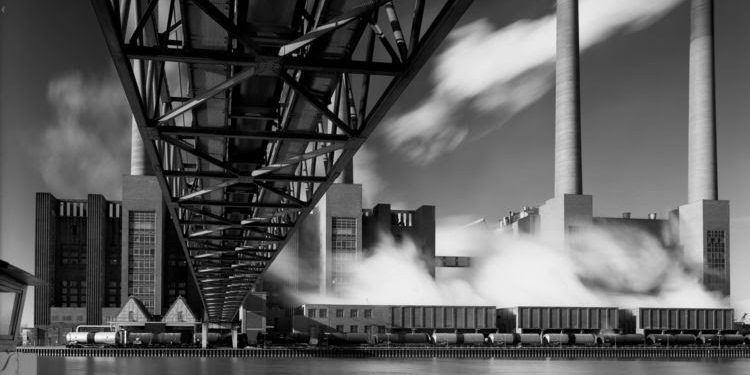
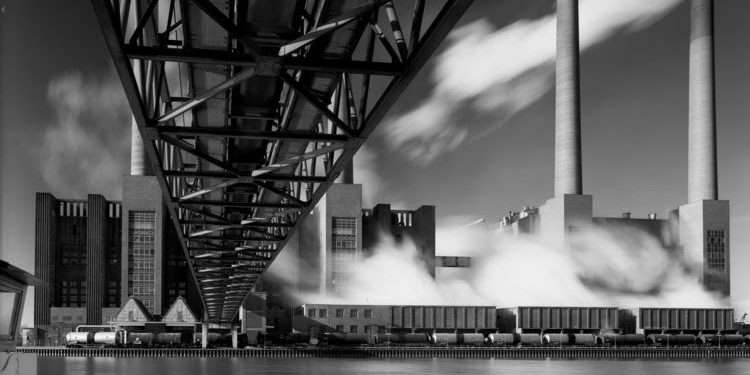
In the 1960s, photographer Heinrich Heidersberger had captured the atmosphere in the Wolfsburg region with its people, places and production sites in a number of outstanding and timeless images.
Providing different impressions of the young industrial city of Wolfsburg, Heidersberger’s series of black and white photography includes “Kraftwerk der Volkswagen AG” which Heidersberger took in 1971. It has become not only an artistic icon but also plays a key role for Heidersberger’s body of work and for Volkswagen.

Heidersberger’s work is honored with several events and exhibitions on the occasion of a special jubilee: on November 4 in 1971 he took his famous photo “Kraftwerk”. Tonight, the Autostadt provided the stage for a panel discussion about the art-historical perspective and the current reflection of the artist’s work.
Hosted by Armin Maus, Chairman of Autostadt, Prof. Folke Köbberling, artist and lecturer at the Institute for Architecture-related Art at the Technical University of Braunschweig, Prof. emeritus Dr. Barbara Schellewald from the department of arts at University of Basel, as well as Thomas Schmall, member of the Volkswagen AG Board of Management responsible for Technology and CEO of Volkswagen Group Components, and Dieter Landenberger, Head of Heritage at Volkswagen Communications shared their views under the topic “Utopia or Dystopia – Shifting interpretations of an iconic image”.
During the talk, Thomas Schmall underlined: “As an artist, Heinrich Heidersberger was gifted with great observation skills that allowed him to show Wolfsburg as a city and as home of the Volkswagen factory in very perceptive, sharp and powerful ways. He was a virtuoso in the perfect arrangement of details, turning his photos into true pieces of art. Looking on our current transformation towards electric mobility and changing production processes, we can also learn from Heidersberger’s critical and creative approach. I specifically admire his “Kraftwerk” photo, because for me it unveils a bold aesthetic and turns into a strong symbol for transformation with the bridge pictured in this image.”

In his role as Head of Heritage Communications at Volkswagen AG, Dieter Landenberger explains the meaning of the image for Volkswagen: “The power plant represents much more than an industrial building; it is a landmark in Wolfsburg and a symbol for change, as we are going to operate the power plant in a very sustainable way in the future.”
Also marking the jubilee on November 4, Volkswagen Academy trainees installed a large-size metal frame on the actual position from where Heidersberger took the original image (jetty next to the Premium Clubhouse), offering visitors the chance to recall the perspective of the artist.
Heiderberger’s photography work is subject of international exhibitions as well as presentations of Wolfsburg’s rather young history. It is the power plant with its four signature towers that makes Volkswagen’s production site widely recognizable, and it is Heiderberger’s angle that further sharpens this impact for the viewer.
Born in 1906 at Ingolstadt, Heinrich Heidersberger spent his childhood partly in Denmark. He started to study architecture in Graz but moved to Paris in 1928, where he focused his work entirely on photography. After World War II, Heidersberger became one of the leading architectural photographers in Germany, working in Salzgitter and Braunschweig before settling in Wolfsburg, where he had worked and lived until he died in 2006. Comprising of more than 130,000 images, Heidersberger’s overall body of work is centered around architecture, reportage, industry and advertising, but also includes algorithmic experiments. Since 2002, the Heidersberger Institute in Wolfsburg has been working on scientific evaluations and publications of the artist’s work.
You may also be interested in: 5 Great Budget Family Cars You Should Check Out

